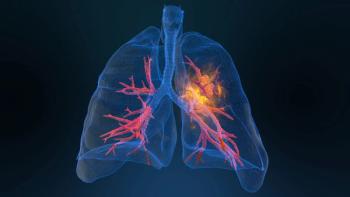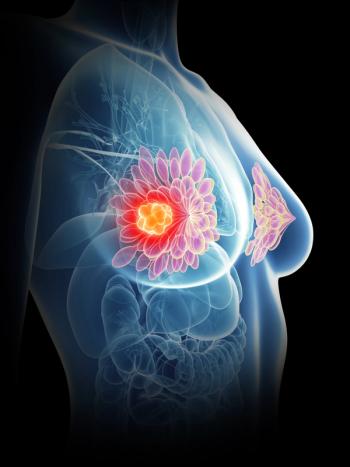
Expert Highlights Considerations for Imported Cisplatin Amid Drug Shortage
Chemotherapy agents imported from Chinese manufacturers may have barcodes that don’t work or be missing an NDC number, according to Michael Ganio, PharmD, MS, BCPS, FASHP.
Michael Ganio PharmD, MS, BCPS, FASHP, senior director of Pharmacy Practice and Quality at the American Society of Health-System Pharmacists spoke with CancerNetwork® about differences in labelling and other factors clinicians in the United States should consider when using importing chemotherapy products from Chinese manufacturers amid the United States’ chemotherapy shortage.
To manage the ongoing shortage of chemotherapy products in the United States, the FDA has coordinated with Chinese manufacturers to permit the temporary importation of cisplatin injection, thereby increasing the agent’s availability across the country. Although Ganio stated that there is no concern with the contents of the product itself, he said that the labels of imported cisplatin may have non-functional barcodes, which may make billing difficult for clinicians.
Moreover, although the label is likely to include the agent’s name and concentration in English, other parts of the label may be in Chinese. Due to this, Ganio advises clinicians to look up the prescribing information via the FDA’s website.
Transcript:
As far as the product itself, there's not really any concern. The one thing that we've seen in the past is products that have been manufactured overseas doesn't always contain the labeling and pharmaceutical label that we expect on our products. For example, cisplatin is one of the medications that's recommended to have capitalized letters to call out the distinction between cisplatin and carboplatin. The imported product doesn't have that. Barcodes may not work. The label does state cisplatin and the concentration in English, but most of the other writing is in Chinese.
So clinicians should know that the product is going to look different. They can find the prescribing information that they would normally find in the labeling on the FDA website. But, again, recognizing that barcodes may not work and that there may not be an NDC number can make billing difficult. Not that these are expensive products, but I'm sure clinicians who are using them still would like to be reimbursed for them. It may take a couple of extra steps when adding these products to a formulary or into a clinic where they're going to be used.
Reference
Temporary importation of CISplatin injection with non-U.S. labeling to address drug shortage. FDA. May 24, 2023. Accessed July 26, 2023. https://shorturl.at/eiPQZ
Newsletter
Stay up to date on recent advances in the multidisciplinary approach to cancer.

















































































